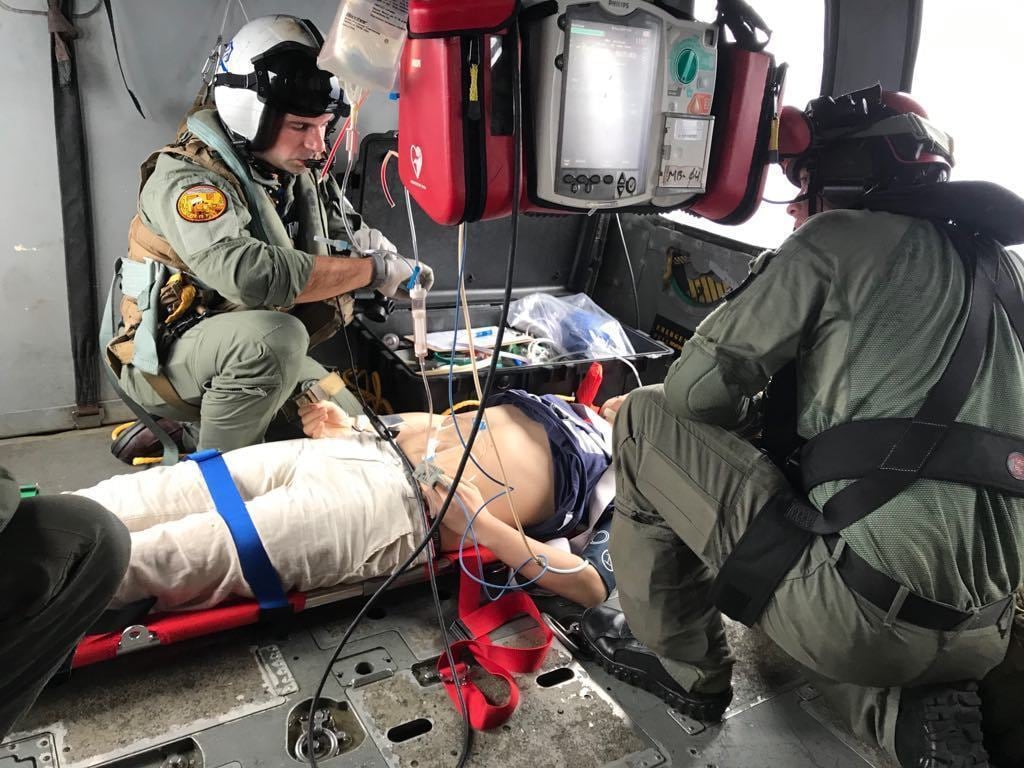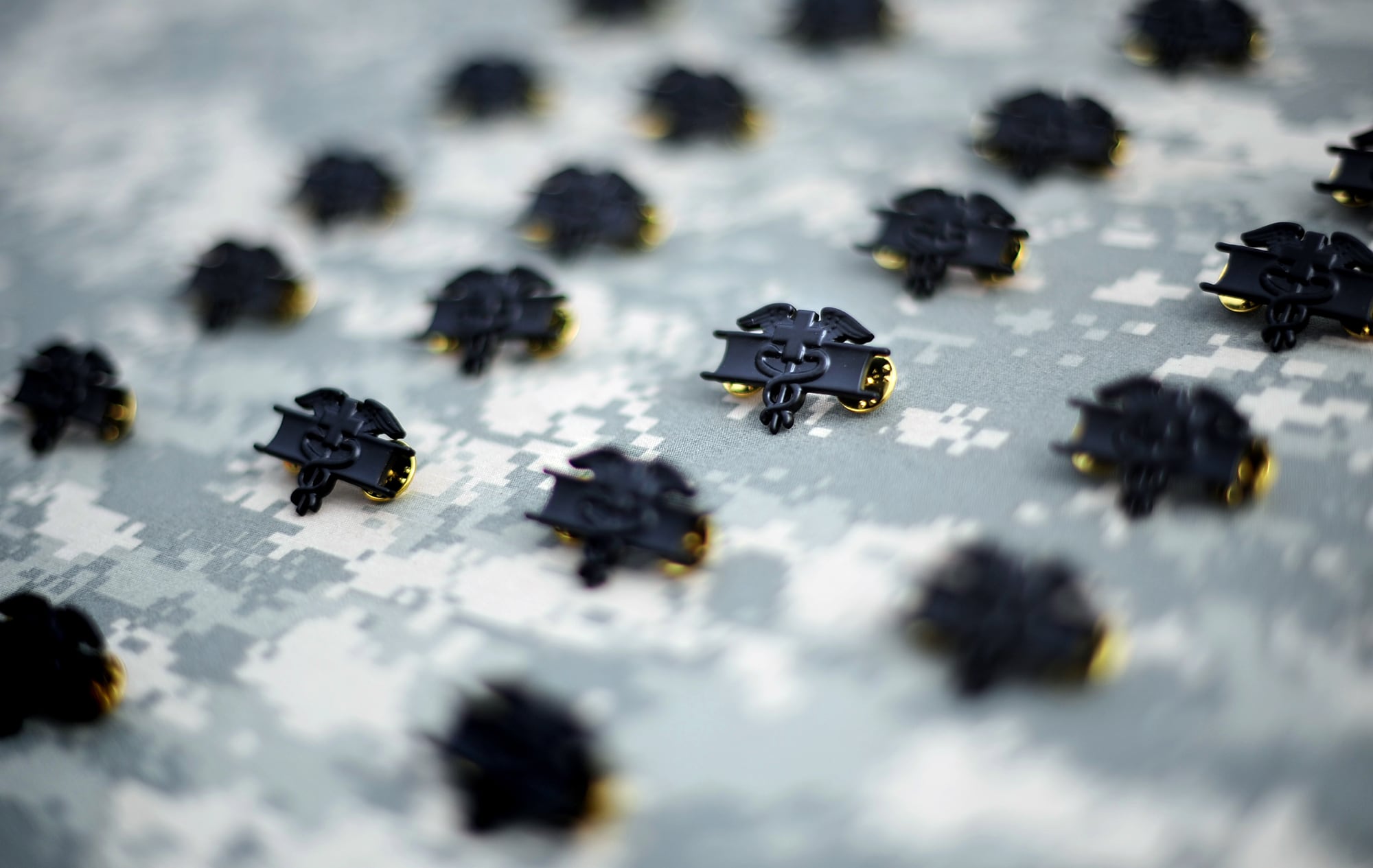As the Navy surgeon general, I have the honor to serve alongside more than 63,000 medical professionals dedicated to providing world-class care ashore, in the air, on the sea and below it, all of them supporting the health and readiness of our sailors, Marines and their families.
To better meet our wartime readiness requirements, Navy Medicine is transforming to become more agile and responsive to the unique needs of our military’s greatest weapon system and asset – our people.
We are focused on increasing force health protection, optimizing combat performance and deploying medical assets rapidly into battle.
This shift will provide our Navy healthcare team with more opportunities to obtain relevant clinical experience and strengthen our ability to save lives.
Our commitment is to maintain the highest levels of medical readiness and resilience. Our military is expected to fight tonight which means we need to be ready to save lives tonight.

As we refocus our efforts on medical readiness, the Military Health System will undergo some changes.
The administration and management of military medical treatment facilities (MTFs) within the Military Health System will transition to the Defense Health Agency (DHA).
For the Navy, this transition began last year with Naval Hospital Jacksonville and will continue as more MTFs transition to the DHA this October.
Ultimately, this transfer of management and administration is intended to create a more integrated and efficient health system.
Our patients should see no immediate impact to access or quality of health care services resulting from this transition. As the DHA assumes full responsibility of facilities, we will provide a smooth transition and continue to support the DHA and beneficiaries with quality care.
Likewise, our Navy and Marine Corps commanders will see no changes in Fleet or Fleet Marine Force support. Medical services required for operational support — and all the people who provide those critical services — will remain within the Navy’s lifelines under the Navy’s control.
The creation of Navy Medicine Readiness and Training Commands at nearly every Navy military treatment facility was essential to improving readiness. These commands will provide a ready force focused on the medical readiness of the warfighter.
Ultimately, they will provide a single point of contact for our Navy and Marine Corps leaders, ensure command and control of the uniformed medical force and better support operational demands.
Our true north remains unchanged: Wherever a Sailor or Marine goes, Navy Medicine will always be there.
We will honor the trust placed in our hands to provide the best care our nation can offer to those who defend our freedoms, and their families.
RELATED

The 38th surgeon general of the Navy, Vice Adm. C. Forrest Faison III is a pediatrician with advanced training in neurodevelopmental pediatrics. In a career that’s spanned almost four decades at sea and ashore, his decorations include two Navy Distinguished Service Medals, six Legion of Merit Medals and three Meritorious Service Awards. His thoughts do not necessarily reflect those of Navy Times or its staffers.




